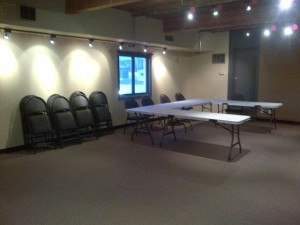The cornea is the transparent, protective covering the front of the eye. It protects the iris, the colored part of the eye, and the pupil, the black circle in the middle of the eye. There are no blood vessels in the cornea, hence it is ordinarily clear and has a shiny surface. More than anywhere else in the body, the cornea has most number of nerve endings, which makes it very sensitive. The cornea is essential for vision and protection.
Corneal abrasion occurs when there is a scrape or scratch on the eye’s cornea. This is one of the most common types of eye injuries. Superficial scratches to the eye lead to corneal abrasion. There are numerous situations which can lead to corneal abrasion. Some of these include getting poked in the eye by a fingernail, plant or makeup brush, foreign matter such as dirt, sand, and ash blowing into the eye and getting stuck under the eyelid, chemical irritation from any fluid that gets in the eye, poor fitting or overused contact lenses, violent rubbing of eyes and particular types of eye infections. Moreover, having very dry eyes may make a person more prone to corneal abrasions.
If the cornea is scratched, the victim may start tearing. It is also characterized by increased redness or sensitivity around the eye and blurred vision or worse, lead to loss of vision. Furthermore, there is usually a sensation in the eyes that feels as if there is sand or grit stuck in the eye. Because the cornea is abundant in nerve endings, an abrasion in the cornea may become very painful, especially when opening or closing the eye.
In cases of corneal abrasion, medical attention must be sought for, especially if there is eye pain, loss of vision, and foreign object still lodged in the eye or eyelid. However, first aid can be done to minimize risk for further injury. The advantages of first training are applicable to many emergency scenarios. Numerous organizations and institutions, such as workplace approved, provide first aid training available to anyone who wants to offer help in medical situations.
To apply first aid in corneal abrasion, flush the affected eye with clean water. If 
It is important to not rub the eye after the injury in order to avoid worsening the corneal abrasion. Furthermore, using cotton swabs, tweezers or other instruments may exacerbate the corneal abrasion. It is essential to not aggravate the corneal abrasion for it may lead to corneal ulcer, an even more serious eye injury.
